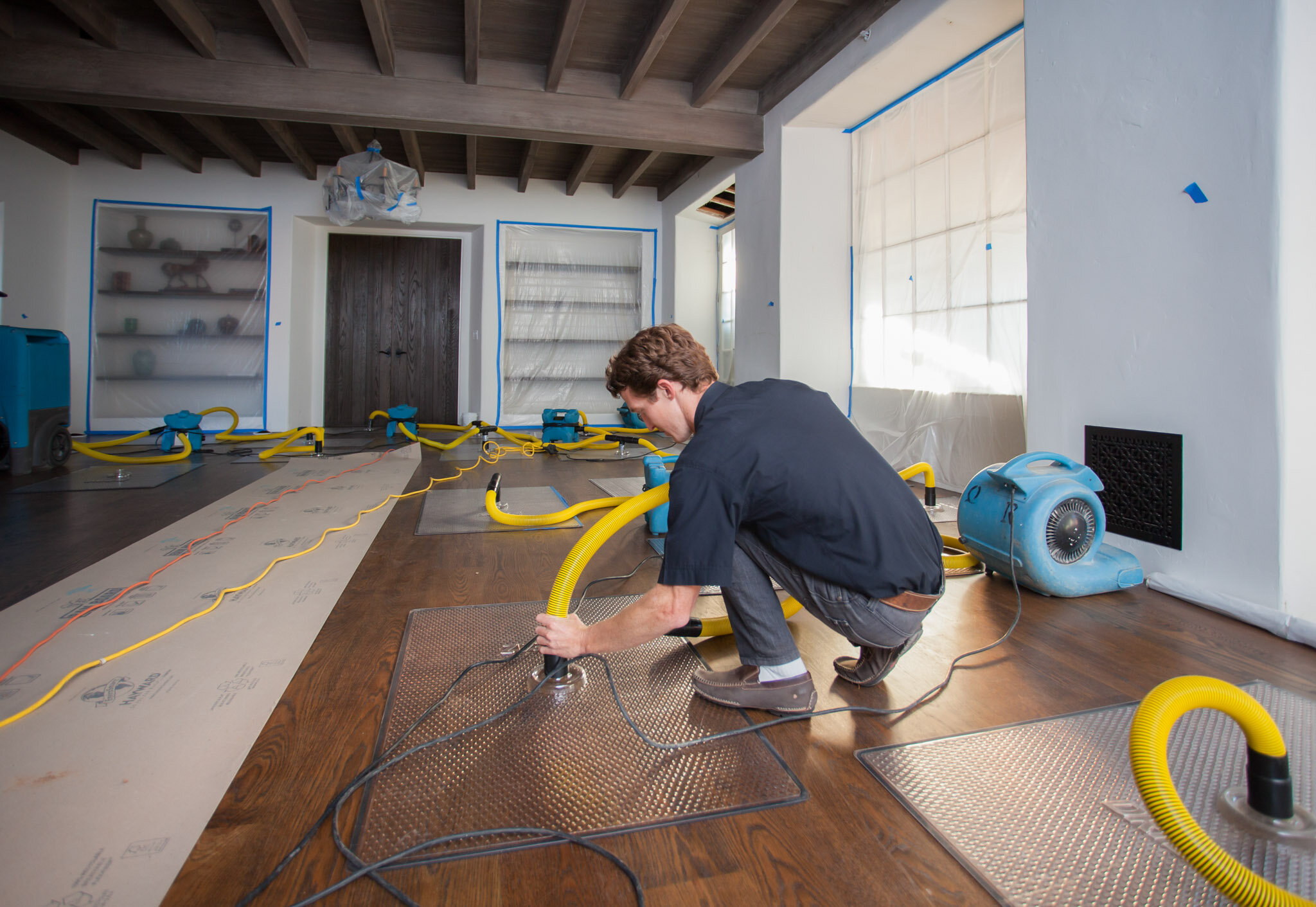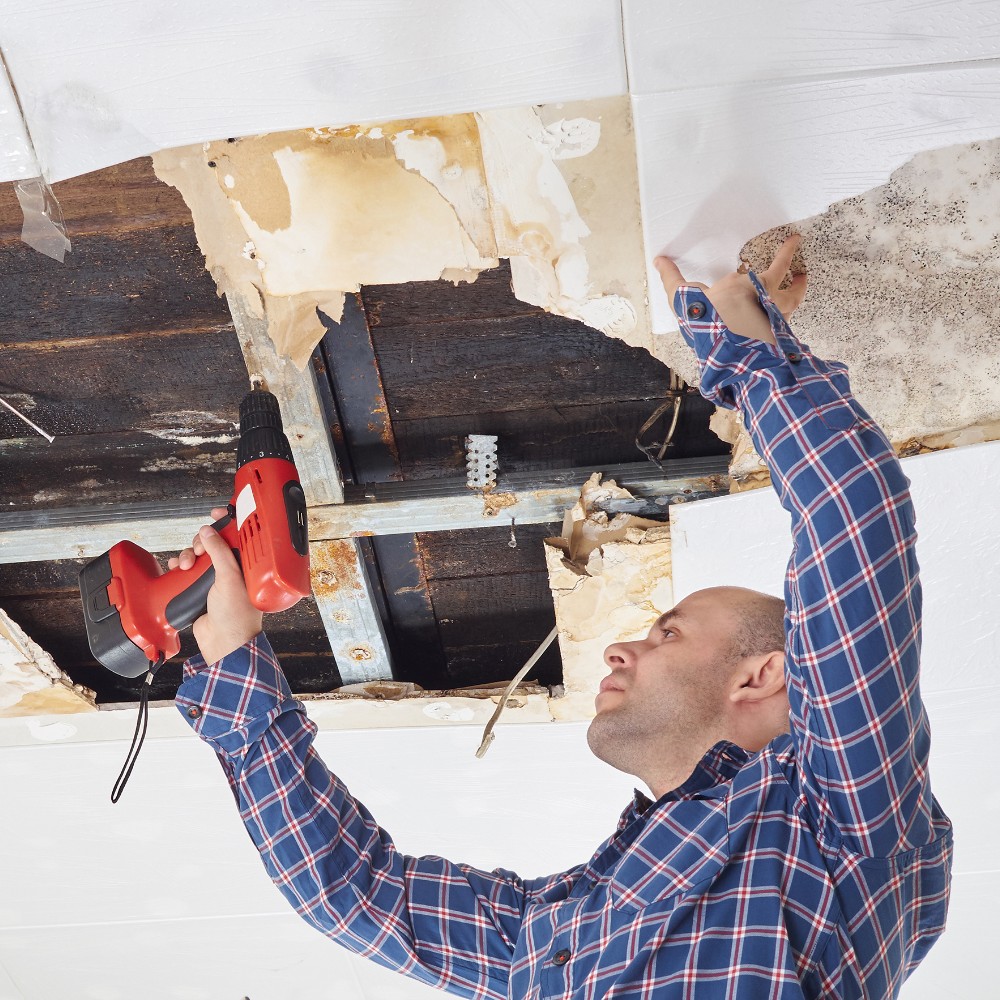Leading Tips for Effective Water Damage Restoration: Protect Your Residential Property Today
Water damage can strike unexpectedly, causing significant interruption and possible risks. Efficient restoration needs an organized technique to decrease further harm. From evaluating the damage to implementing safety nets, each step plays an essential role in guarding property. Understanding these techniques can make all the difference in the consequences of a water-related dilemma. What important activities should be focused on to guarantee detailed security?
Analyze the Damage Quickly
When a water damage event happens, it is necessary to assess the damage promptly to minimize additional concerns. This initial evaluation aids identify the level of the damage and determines influenced areas. Water can permeate into walls, floorings, and furnishings, resulting in mold and mildew development and structural instability otherwise attended to quickly. A detailed evaluation must consist of inspecting for discoloration, dampness, and musty odors, which indicate dampness existence. It is also vital to document the damage via photos and notes for insurance purposes. Engaging professionals for a more thorough evaluation might be necessary, especially when managing covert or considerable damage. Flood Cleanup Services. Early recognition and precise assessment lay the foundation for effective restoration and guard the home from extra difficulties
Shut down the Water
Turning off the supply of water is a crucial step in preventing further damage throughout a water-related occurrence. When a leakage or flood happens, prompt activity is essential to minimize the level of the damage. Locating the main water shut-off valve ought to be a concern. This shutoff is usually positioned near the water meter or where the water line gets in the home. Once situated, transforming the shutoff clockwise will quit the flow of water. In situations where the primary valve is hard to reach, specific shut-off shutoffs for devices might additionally be utilized. Quickly shutting down the water system not only protects the residential or commercial property from added harm however additionally promotes the succeeding restoration process, making certain that recuperation efforts can begin right away.
Get Rid Of Excess Water Without Delay

Eliminating excess water immediately is crucial for lessening damage and stopping mold and mildew development in affected areas. The longer water continues to be in contact with materials such as insulation, wood, and drywall, the higher the risk of structural damage and the development of mold and mildew. Water Damage Restoration. Property owners should act quickly to examine the circumstance and use suitable tools, such as wet vacuums or pumps, to extract standing water successfully. If the quantity of water is significant, speaking to expert restoration services might be needed, as they can give specialized equipment and proficiency. In addition, removing furniture and possessions from the damaged location can help to lower damage and assist in the overall restoration procedure. Timely action not only secures building but likewise help in a smoother recuperation journey
Dry the Affected Area
After eliminating excess water, it is vital to dry out the affected location completely. This involves removing any standing water and improving air circulation to facilitate evaporation. Efficient drying out will certainly help prevent mold and mildew growth and further damage.

Eliminate Standing Water
Promptly attending to standing water is important for effective water damage restoration. The existence of stationary water can lead to additional property damage and create an atmosphere for mold and mildew growth. To reduce these risks, it is crucial to get rid of standing water as rapidly as feasible. This process usually involves using completely submersible pumps, damp vacuum cleaners, or specialized extraction equipment. Specialists advise reviewing the depth and extent of the water prior to making a decision on the ideal technique for removal. Safety and security preventative measures must also be taken, consisting of using protective gear and guaranteeing electrical energy is switched off in influenced locations. Once the standing water is effectively eliminated, the drying process can begin, additionally securing the property from continuous damage.
Boost Air Flow
Increasing air flow is vital for effectively drying out locations influenced by water damage. This procedure assists to quicken dissipation, minimizing the danger of mold and mildew and mold growth. Professionals typically recommend utilizing followers to produce a steady air movement throughout the area. Positioning box fans in windows can attract in fresh air, while high-velocity fans can route air flow towards wet surface areas. Water Damage Restoration. Furthermore, opening doors and windows permits cross-ventilation, enhancing the drying process. Dehumidifiers can also be employed to eliminate excess dampness from the air, more assisting in drying. By guaranteeing that air distributes openly, residential property owners can considerably lessen the long-lasting impacts of water damage and protect the stability of their structure
Check for Mold Growth
Mold growth is a major concern complying with water damage, as it can lead to wellness issues and structural deterioration. After any type of flooding or leakages, it is vital to conduct a thorough examination of the influenced areas. This includes monitoring covert rooms such as behind wall surfaces, under carpetings, and in cellars or attic rooms where moisture may remain. Indicators of mold include a stuffy odor, discoloration on surfaces, or noticeable growth. Residential or commercial property proprietors must make use of safety gear when checking, as mold spores can position health risks. If mold is detected, it is vital to resolve it promptly, as delaying remediation can aggravate the trouble and boost the danger of major wellness concerns for passengers. Early treatment is crucial to effective mold monitoring.

Repair and Bring Back Damaged Structures
When addressing water damage, it is vital to very first examine the structural stability of the influenced areas. This examination helps identify potential risks and educates the essential repair methods. Involving specialist restoration solutions ensures that the restoration procedure is performed safely and efficiently.
Examine Structural Honesty First
Prior to initiating any kind of water damage restoration, it is necessary to evaluate the structural integrity of the damaged area. This evaluation aids recognize any kind of compromised aspects, such as beam of lights, structures, or wall surfaces, which might pose safety risks - Water Extraction And Drying. Checking for signs of bending, splitting, or mold development is vital, as these signs can expose underlying damage that calls for instant attention. Additionally, understanding the check here level of the damage can guide restoration efforts and determine whether fixings are possible or if replacement is needed. It is necessary to document searchings for extensively, as this info can be important for insurance cases or future referral. Focusing on structural analysis guarantees that restoration initiatives continue safely and efficiently, inevitably securing the property and its owners
Usage Specialist Restoration Services
Using professional restoration services is essential for properly fixing and bring back broken structures after water events. These professionals possess the essential training, tools, and experience to assess and minimize water damage extensively. They can identify hidden problems, such as mold and mildew growth and architectural weaknesses, that may not be right away obvious. Specialist solutions also employ sophisticated drying methods and equipment, guaranteeing that all dampness is removed to protect against further damage. Furthermore, they stick to market standards and policies, guaranteeing that the restoration procedure is effective and secure. By involving restoration experts, home proprietors can speed up recovery, minimize long-lasting damage, and ultimately shield their financial investment. This proactive strategy is vital in keeping the integrity and security of affected structures.
Avoid Future Water Damage
To successfully protect against future water damage, home owners have to take on a positive method to maintenance and repairs. Routine assessment of roofs, downspouts, and gutters is necessary; stopped up seamless gutters can bring about water overflow and roof leaks. Furthermore, inspecting for leaks in pipes fixtures and appliances can combat prospective damage. Property owners ought to likewise take into consideration setting up sump pumps in cellars or low-lying areas to manage water build-up. Securing fractures in structures and making sure appropriate water drainage around the residential or commercial property are crucial actions in securing against water invasion. Moreover, keeping humidity levels with dehumidifiers can avoid mold and mildew development. By executing these safety nets, home owners can considerably reduce the danger of water damage and secure their residential property for the long-term.
When a water damage event happens, it is crucial to analyze the damage right away to minimize more problems (Water Damage Restoration). Eliminating excess water without delay is necessary for reducing damage and preventing mold and mildew development in impacted locations. Quickly resolving standing water is vital for reliable water damage restoration. The presence of stationary water can lead to additional building damage and create an atmosphere helpful to mold growth. Prior to launching any kind of water damage restoration, it is important to evaluate the structural integrity of the afflicted area